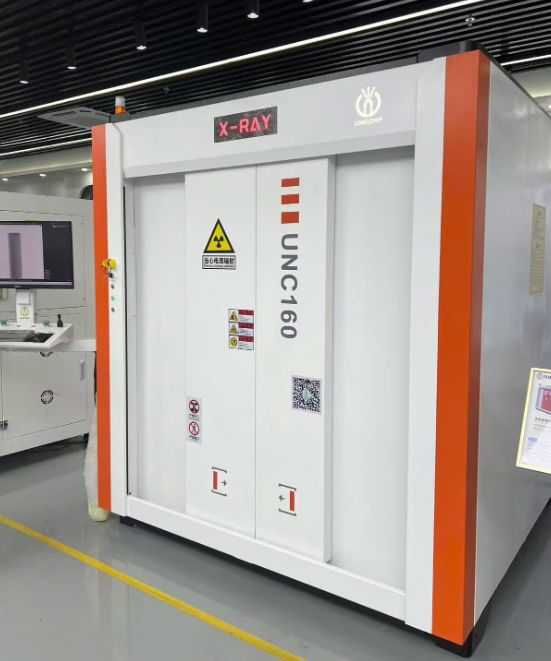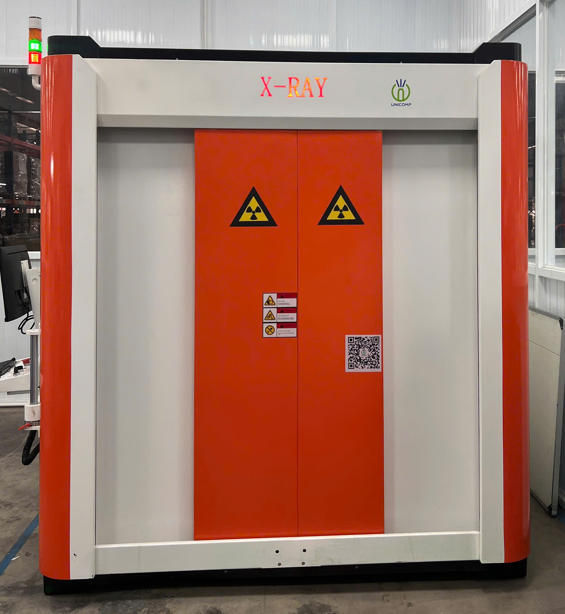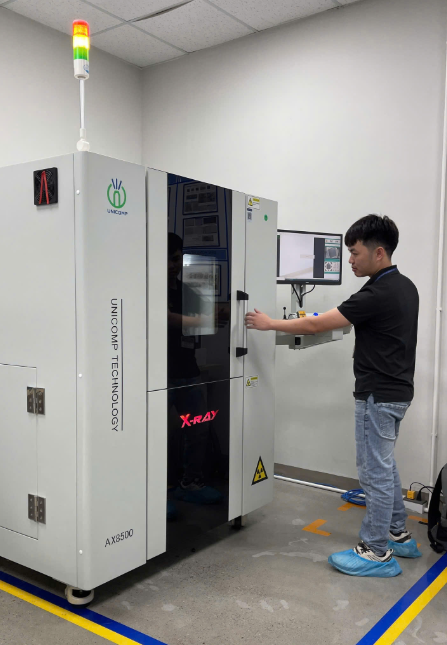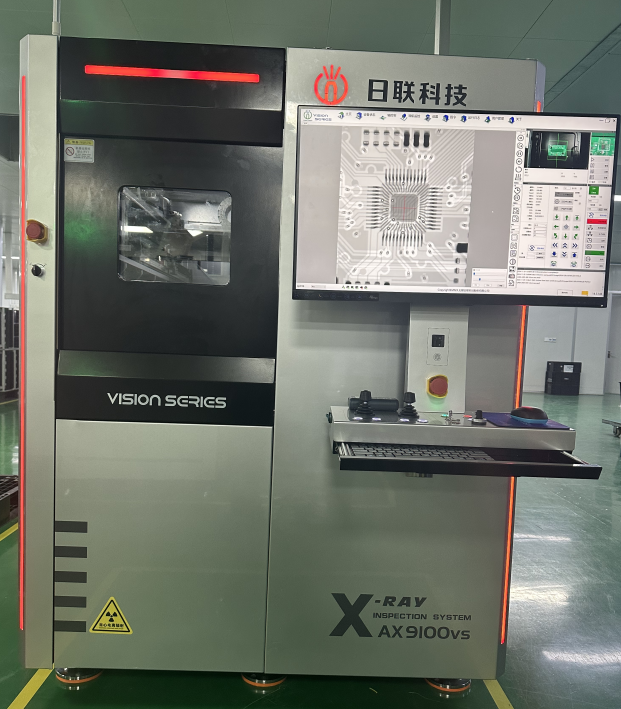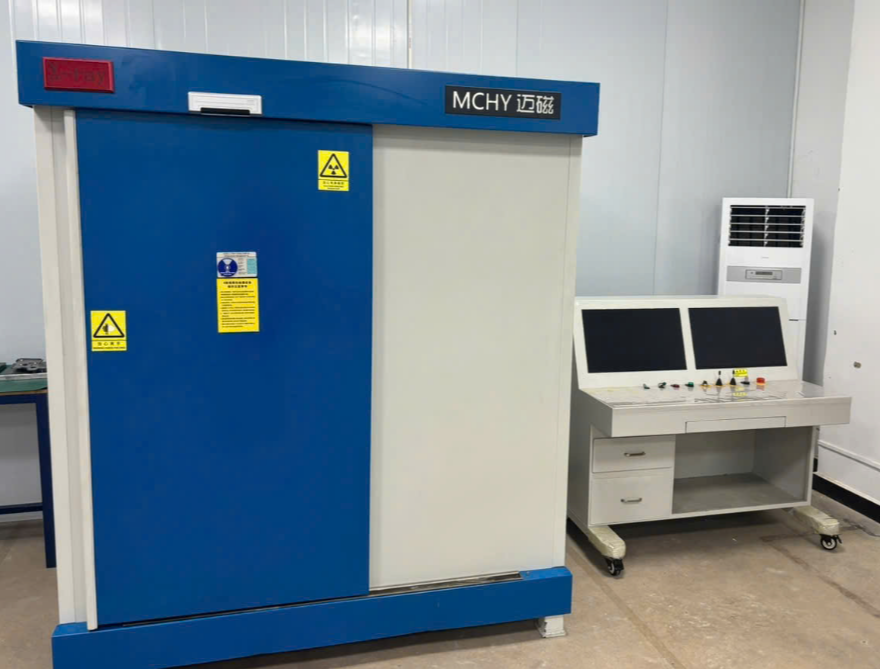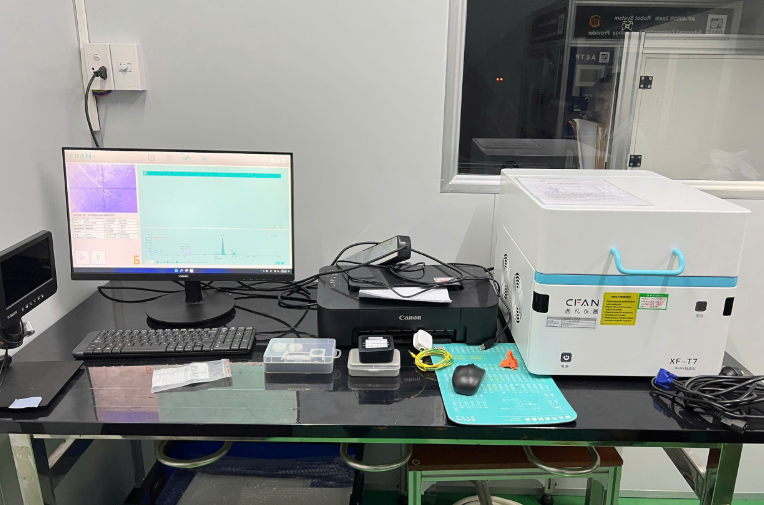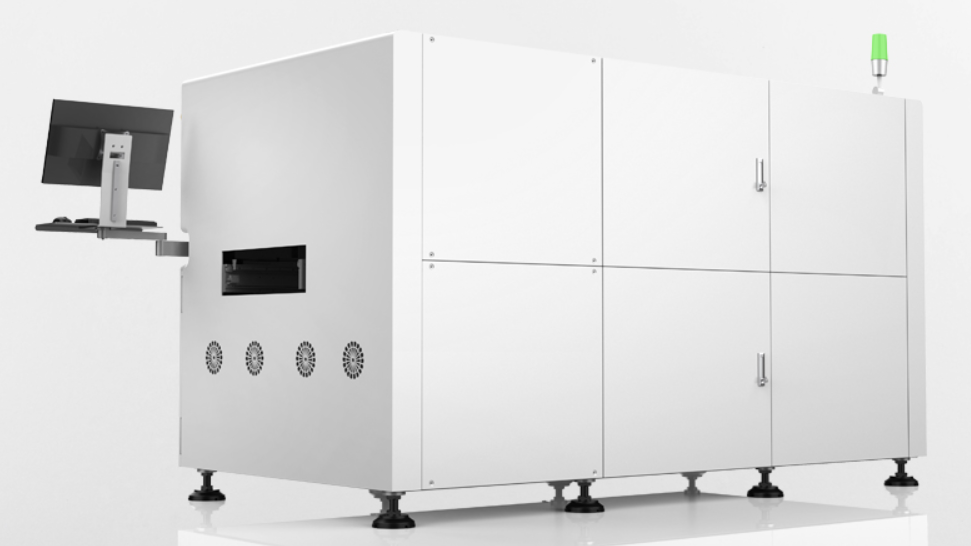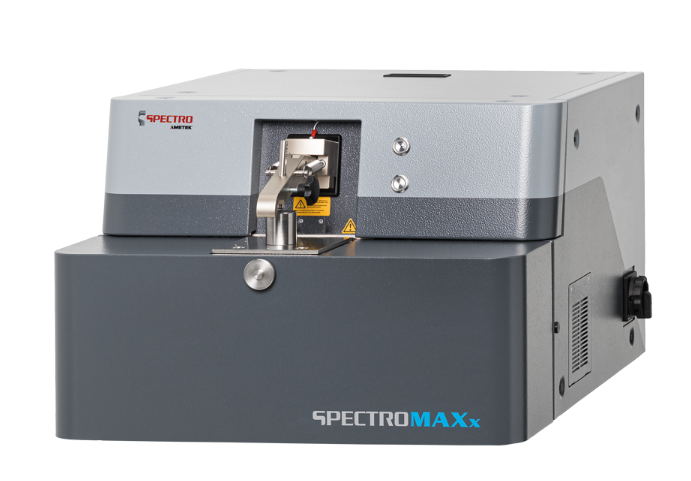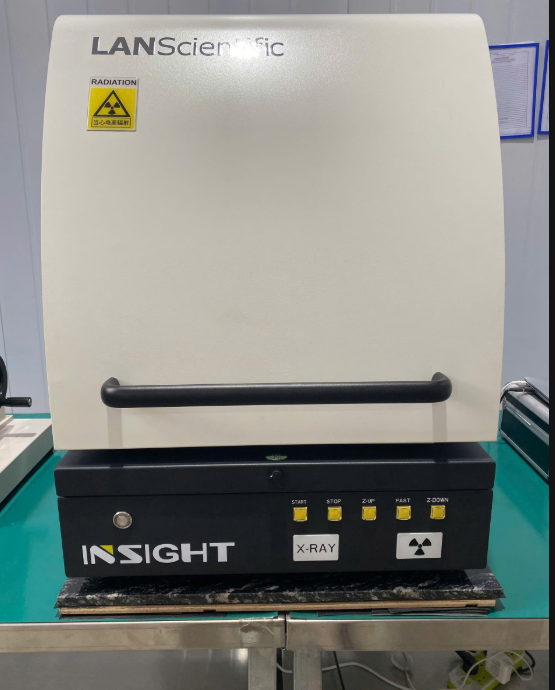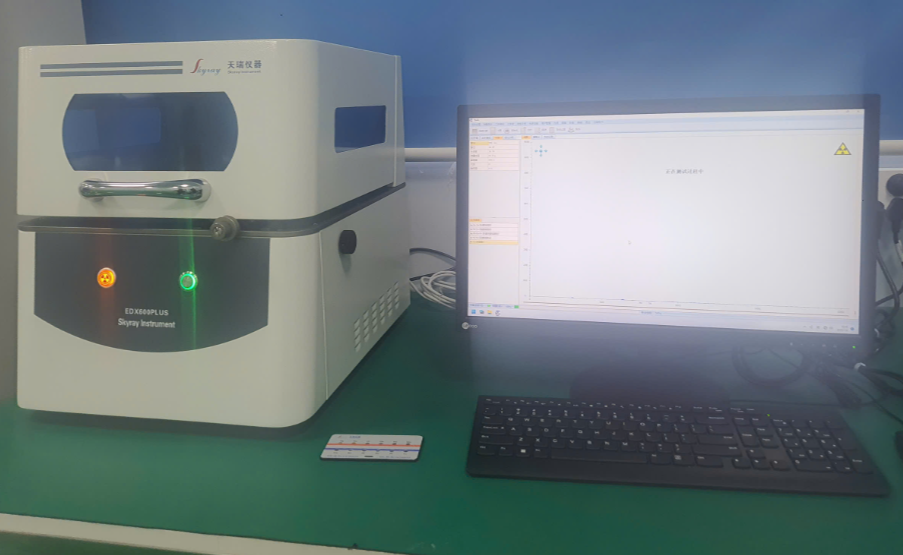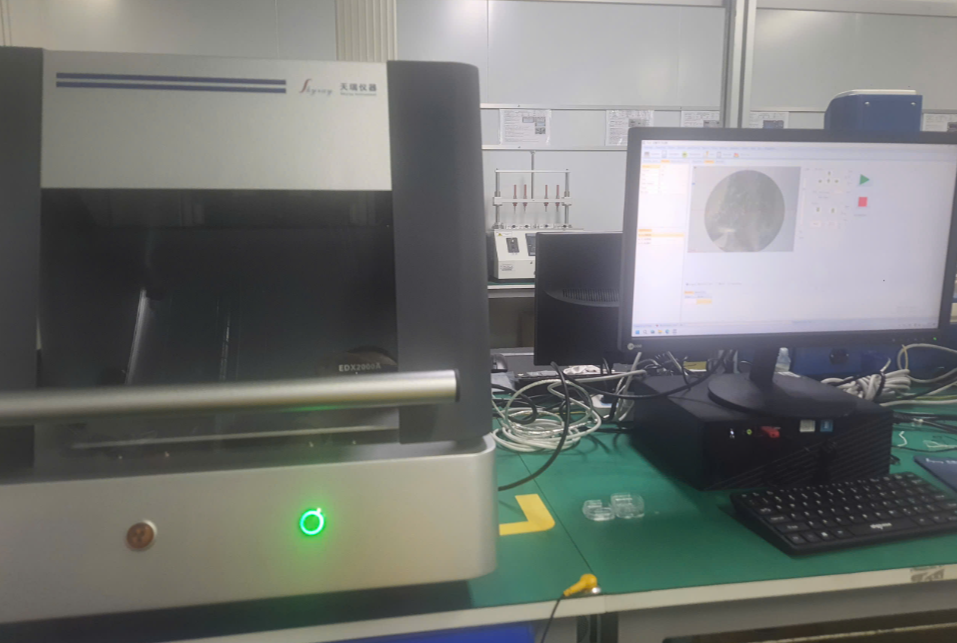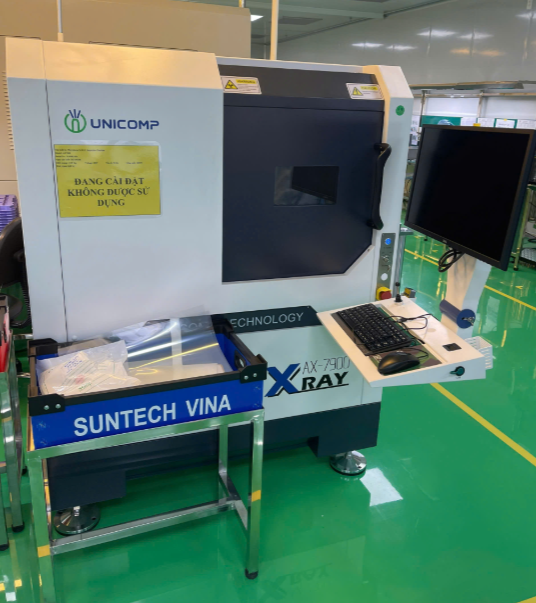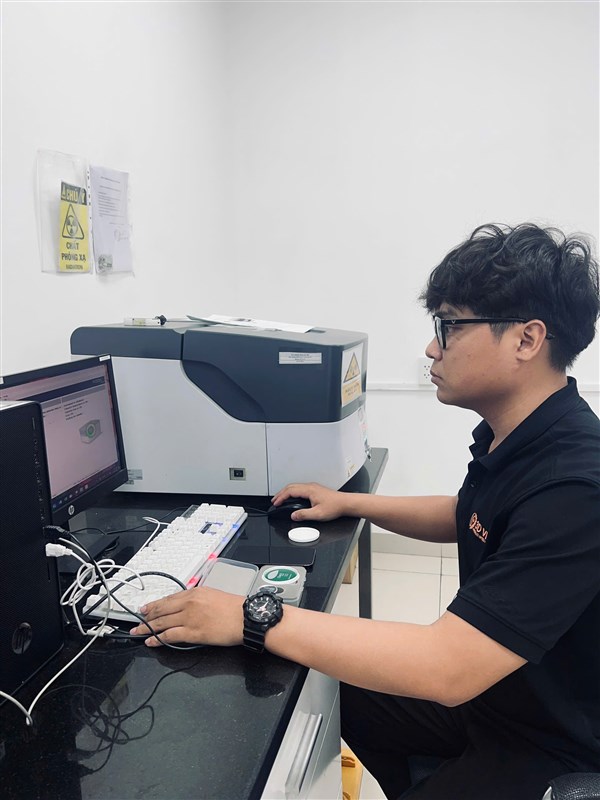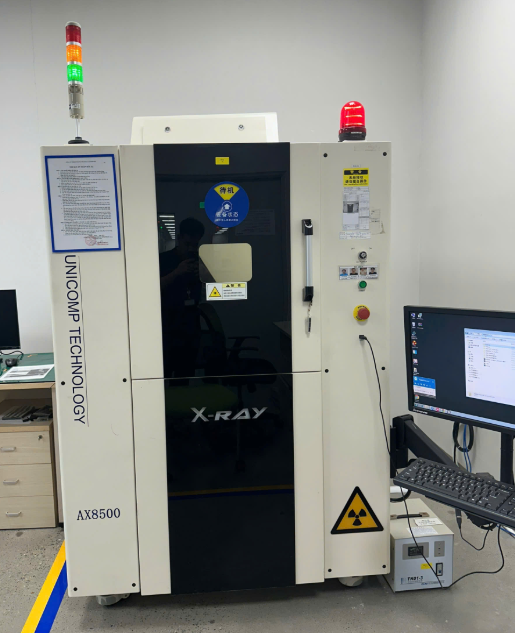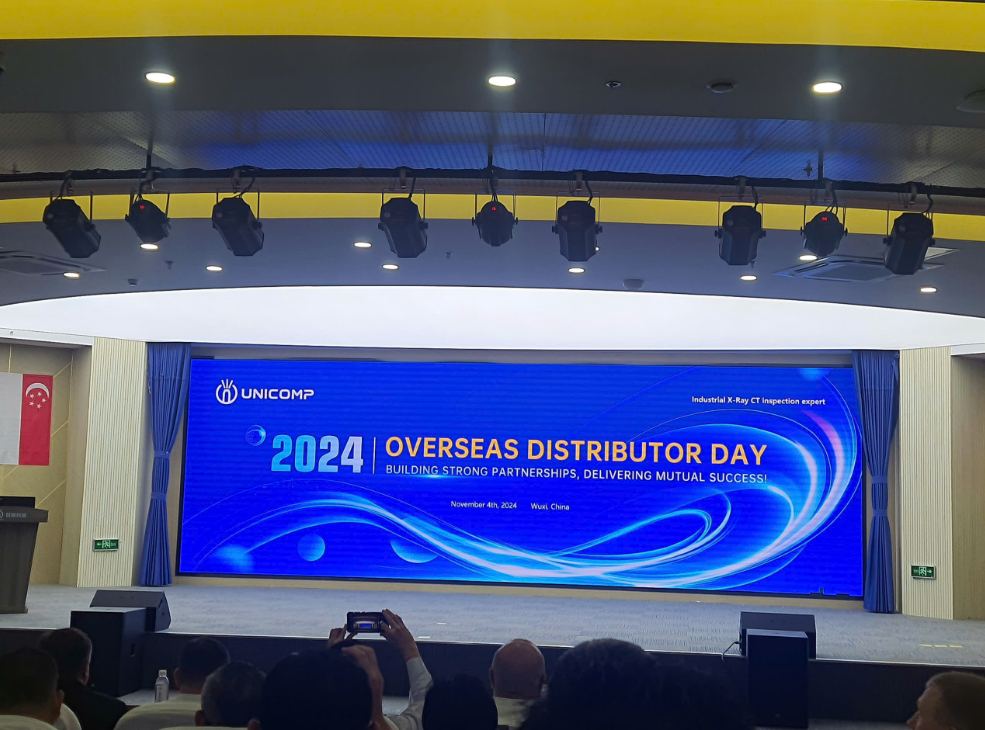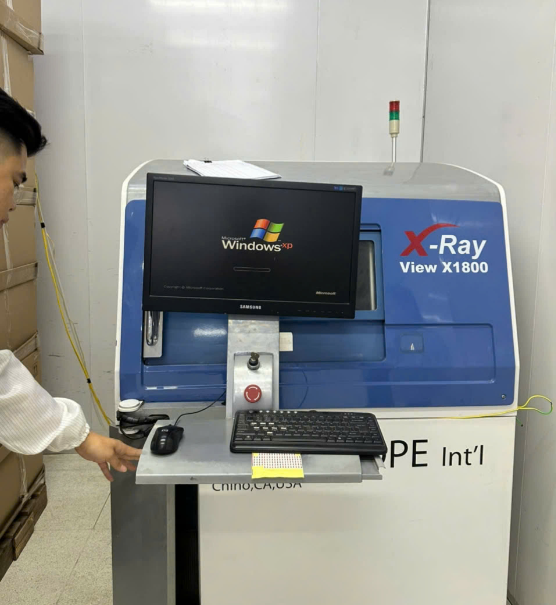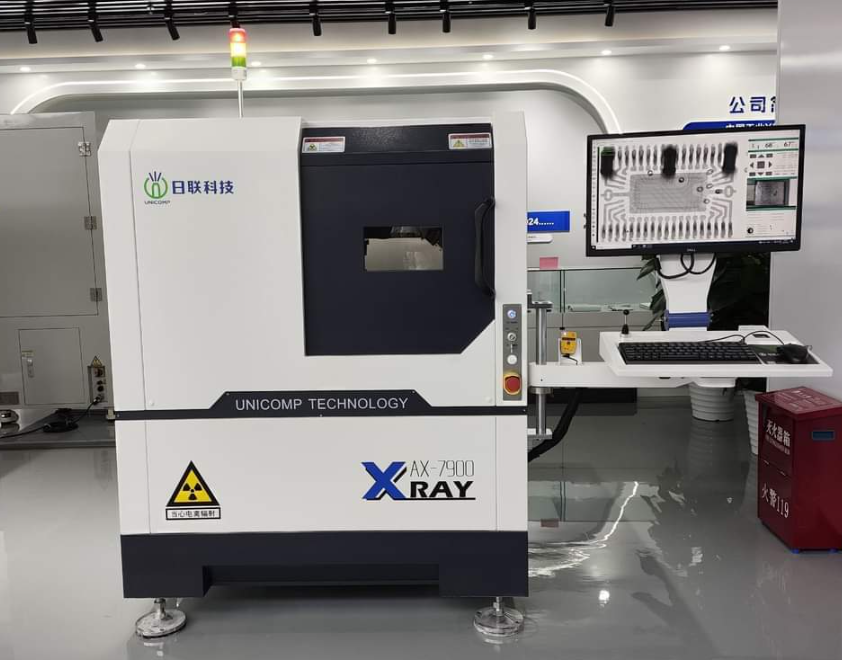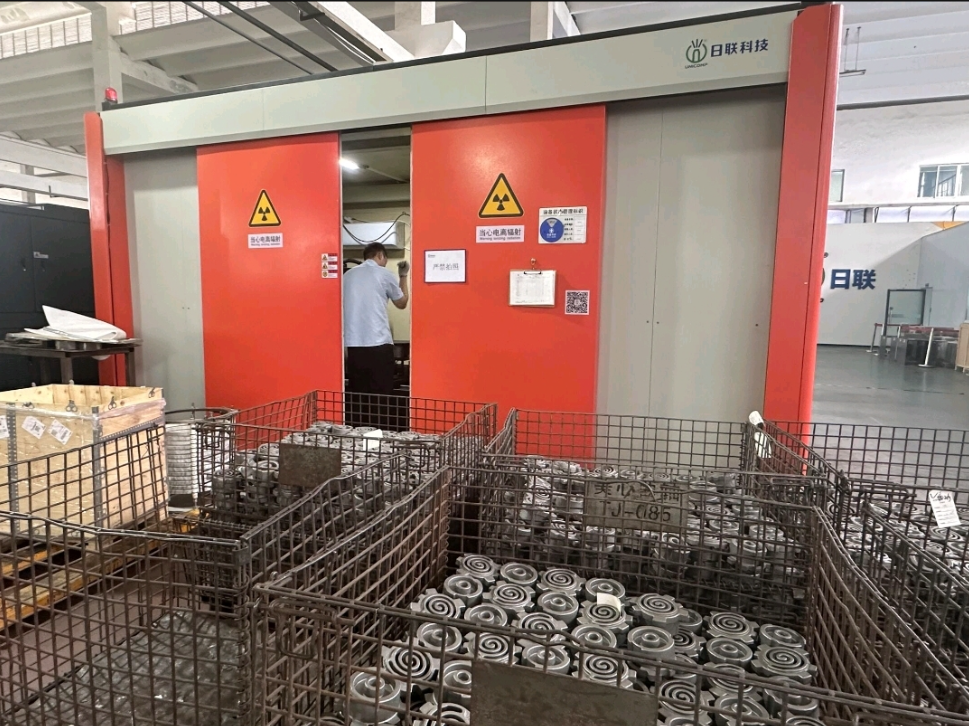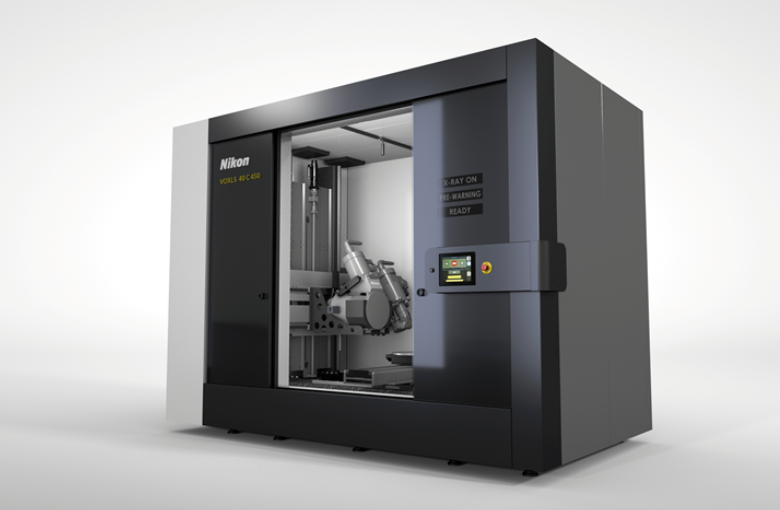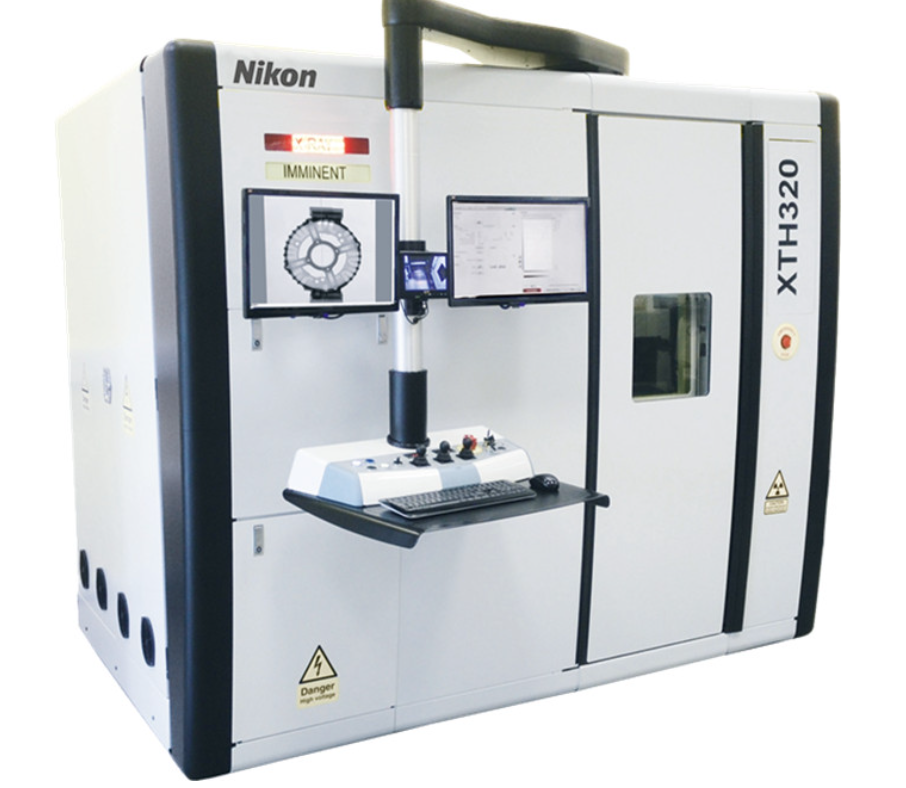X-ray computed tomography is a well-known method in medical diagnostics; however, an increasing number of industries, including automotive, are discovering that X-ray CT scanning is a vital tool to ensure the highest quality in production of industrial components such as machine parts, cast metal and compounds as well as plastic materials,
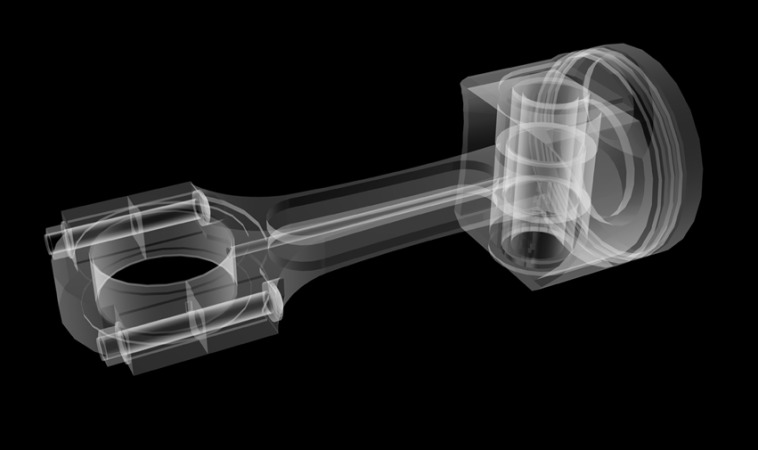
It is not just the possibility of detecting internal defects during a quality assurance process which makes X-ray computed tomography interesting. The voluminous information contained in the 3D data permits a quantitative analysis of a defect as well, and the highly accurate 3D model can be compared with the original CAD data. This comparison and the feasibility of reverse engineering are features that can improve analytical support during the development of a new product in terms of time, costs and quality from an early stage of the initial sampling, up to the readiness to go into mass production.
The basic hardware configuration of an industrial CT scanner consists of three key components: the X-ray source, an adequate detection system and a very precise turntable. The turntable and the imaging system are connected to a computer in order to collect 2-dimensional X-ray images and correlate them to the position of the test component. A standard CT scan usually covers a rotation of 360 degrees. Depending on the selected number of increments, multiple images are acquired, with the number potentially totaling up to several thousands. In specific applications a successful scan can even be performed with a limited rotation angle (180° + aperture of the X-ray source), reducing the data volume and saving time.
The recorded images are processed by a dedicated computer software, which uses mathematical reconstruction algorithms, to generate the three-dimensional distribution of the absorption coefficient inside the object. Special visualization software enables a three-dimensional or cross-sectional viewing of the object.
Industrial CT scanners are finding applications in a diverse array of manufacturing processes and assembly operations, providing both NDT and dimensional inspection analysis, and for some applications replacing traditional tactile coordinate measuring machines. The automotive industry in particular is seeing increasing value from the application of computed tomography into its manufacturing operations.
Wheel and Tire Inspection
A typical car or truck tire and its appearance are something everybody is familiar with, but the modern technology and complex construction of this product is hidden inside the rubber. The steel belt and the carcass – which are composed of various layers of cord, rayon and steel – are critical structures for the performance and safety of a tire. Although several inspection methods are used during the tire manufacturing processes, examination by X-rays is considered to be the final quality check of the finished tire.
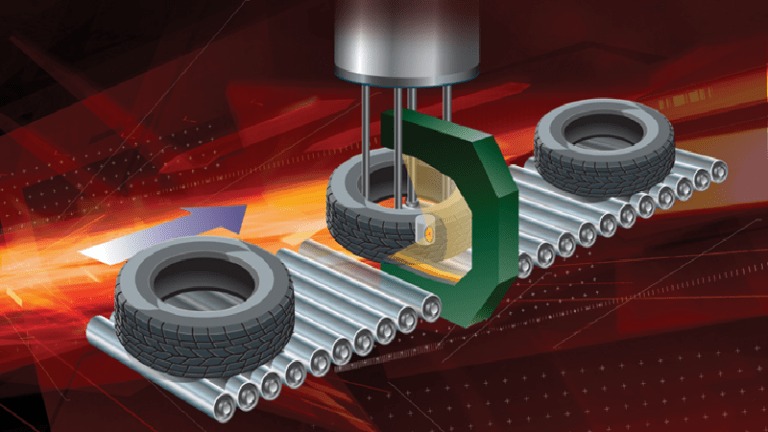
X-ray tire inspection is a procedure not just applied for the final check of a brand new tire. High-priced tires for trucks, earthmovers, aircrafts, etc. have their treads commonly replaced, with some of these products being re-treaded several, times or even up to 10 times in the case of an airplane tire. From a commercial point of view, it is a reasonable step to analyze the performance of the inner structure of the tire before applying the costly re-treading process.
In combination with a panoramic X-ray source, the Hamamatsu X-ray line scan camera C9750-27FCC/D, with its unique C-shaped design provides the opportunity to acquire a real-time X-ray image of the whole tire in just one rotation. This X-ray image enables an operator or automated software to reject defective tires from the production line. The highly sensitive C-shaped camera, with its wide dynamic range, makes a reliable inspection possible even at the highest scanning speeds.




